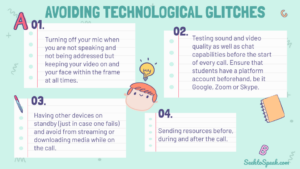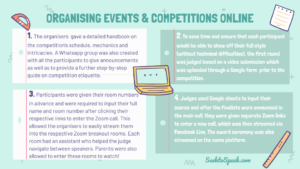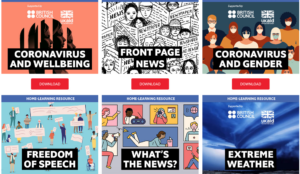As a soft skill, Public Speaking is learned through curated social interactions and experiences — thus it is difficult to teach via textbooks or in a regular school setting. So when the coronavirus hit and education providers moved online, I had to really change the way I approached public speaking lessons.
The challenge was twofold: it was not only important to adapt to the new platform, but also maintain the quality of my classes. These last two months have taught me quite a few things about teaching soft skills online.
‘Hello? Can you hear me?’
The first online class was a virtual nightmare. Most of my students are very young and needed adult supervision to set up the call, which caused a lot of issues — especially if the parents were technologically challenged themselves.
Even when the students managed to log onto the call successfully, there were other technical issues like not being able to see or hear me or the other way around — leading to a lot of interruptions. Other annoying audio issues like not turning the mic off or being in a noisy room also disrupted the class.
Things in the background became distracting as well. I’ve seen parents take their shirts off, walk in their towels, and also burp loudly. No teacher should be that close to a parent’s anatomy!
Multiple technical issues and questions really dragged the class and frustrated both teaching and learning efforts, which led to a few students dropping out of the class. However, as with anything new, there will always be teething issues.
I found that it was very important to establish class rules to ensure the smooth delivery of lessons. These class rules include:



